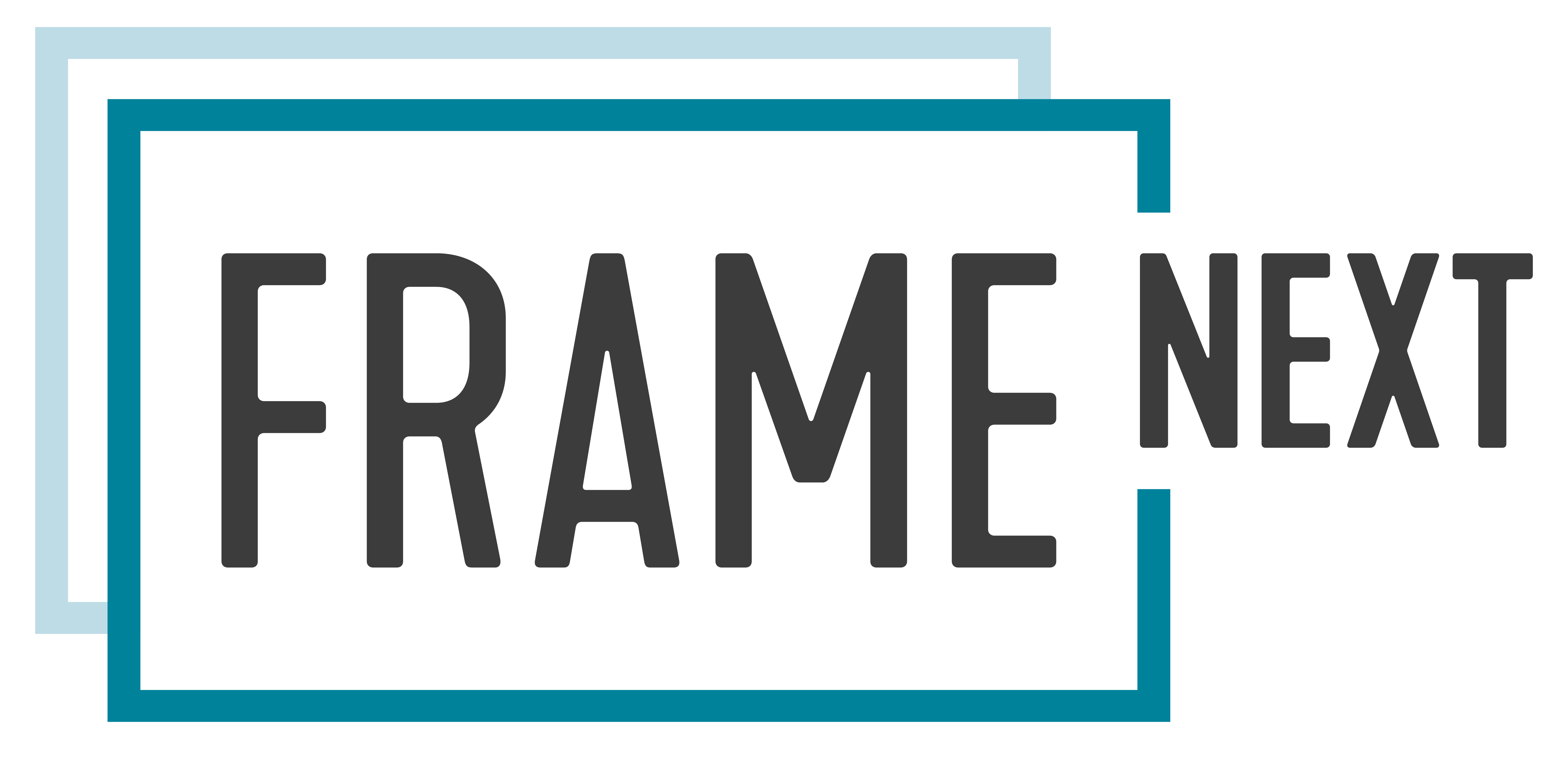Under the common denominator of the European ITS Directive (2010/40/EU), a joint webinar was conducted on 24th November. The purpose was to introduce the practical implications that European legislation has in in the field of Intelligent Transport Systems and mobility and also the interplay of regulations with technical and strategic progress that has been made in Europe. Projects co-financed by European funds have taken an important role in the innovation landscape, thus being important drivers in the field of ITS deployment across the whole European Union and throughout all modes of transport.
Parallel and in correlation to the different delegated regulations, numerous projects were successfully conducted in the fields of safety-related traffic information, the handling of static and dynamic transport data, safe and secure truck parking as well as multimodal traveller information services. Three of them have joined forces in order to present their highly innovative plans and achievements to a broad audience.
After introductory statements by Helge Molin form the Austrian Ministry for Climate Action and Stephen Halligan from the INTERREG Danube Transnational Programme, the speakers presented three different perspectives of mobility and ITS deployment with an overview of DATEX II implementation within the project CROCODILE 3, the development of an ITS Architecture in the project FRAME NEXT and the linking of public transport information services with a special focus on rail and bicycle transport.
CROCODILE 3
The CROCODILE corridor unites public authorities, road administrations and traffic information service providers of seven European Member States. It is funded by the Connecting Europe Facility and is committed to set up and operate a data exchange infrastructure based on DATEX II. With a corridor project that is structured like this, CROCODILE provides the perfect ground to test the DATEX II reference advise & validation tool that can be used to harmonise DATEX II profiles in accordance with the European reference profiles.
https://crocodile.its-platform.eu/
OJP4Danube
Being the youngest of the three, this webinar also marked the official Kick-off Dissemination Event for the project OJP4Danube. After an opening statement on the strategic importance of multimodal journey planning in the Danube Region by Franc Žepič, Secretary – Priority Area Coordinator 1B of the EUSDR, four speakers connected the threads on technical and strategic level in order to set out the approach of OJP4Danube on the linking of services.
Funded by the INTERREG Danube Transnational Programme, the project will connect multimodal services in order to construct the basis for an operational cross-border travel information network. Particular focus is on the main railway corridors that are connected to regional and local networks, and to cycling routes and cycling relevant travel information for better accessibility. Until 2022, OJP4Danube will create the required digital infrastructure and the innovative methods and tools to facilitate an operational network and the long-term organisational structure for the network.
http://www.interreg-danube.eu/approved-projects/ojp4danube
The diversity in terms of content was well-received by the audience already before the start of the event. A total of 89 participants from 13 countries registered for the webinar, involving public transport and motorway operators, public authorities, mobility agencies, universities and software developers, of which 74 were constant watchers.
The eleven speakers made evident that –however important – legislation is not all and effective funding schemes will always be needed in order to trigger implementation. Without instruments like the ITS Directive, there would probably be more fragmentation on the market, making European legislation a good means to support standardisation. Time might be ready for crucial changes in mobility habits, also somehow triggered by the effects of the COVID-19 pandemic. In any case, modes should not be competing against each other since “multimodal” means cooperation and this should be internalised by operators and authorities across all modes.
For triggering and sustainably implementing innovative approaches, it takes a common provision that set out or at least sketch a desired condition together with the willingness to act in the first place. Support has to be provided by driving forces capable of fostering the deployment of the common provisions as well as effective funding schemes and national funds to top up the balance to the European co-financing Last but not least, a clear focus must be set on the service and the customers for which it is being created. All three projects have already demonstrated to various extent that they can live up to this necessary trust and contribute valuable shares to European innovation in ITS and mobility.
All presentations are available for download here.
